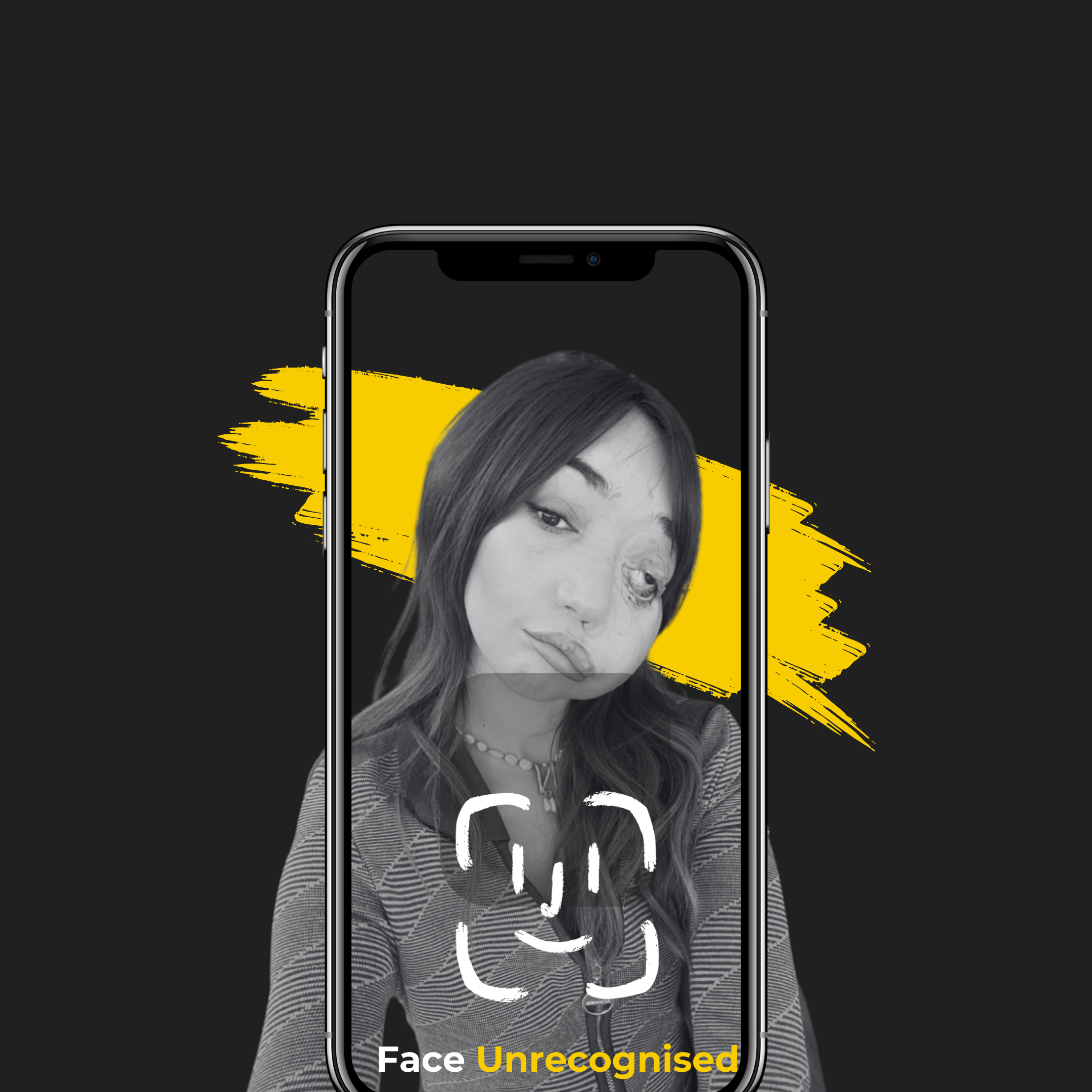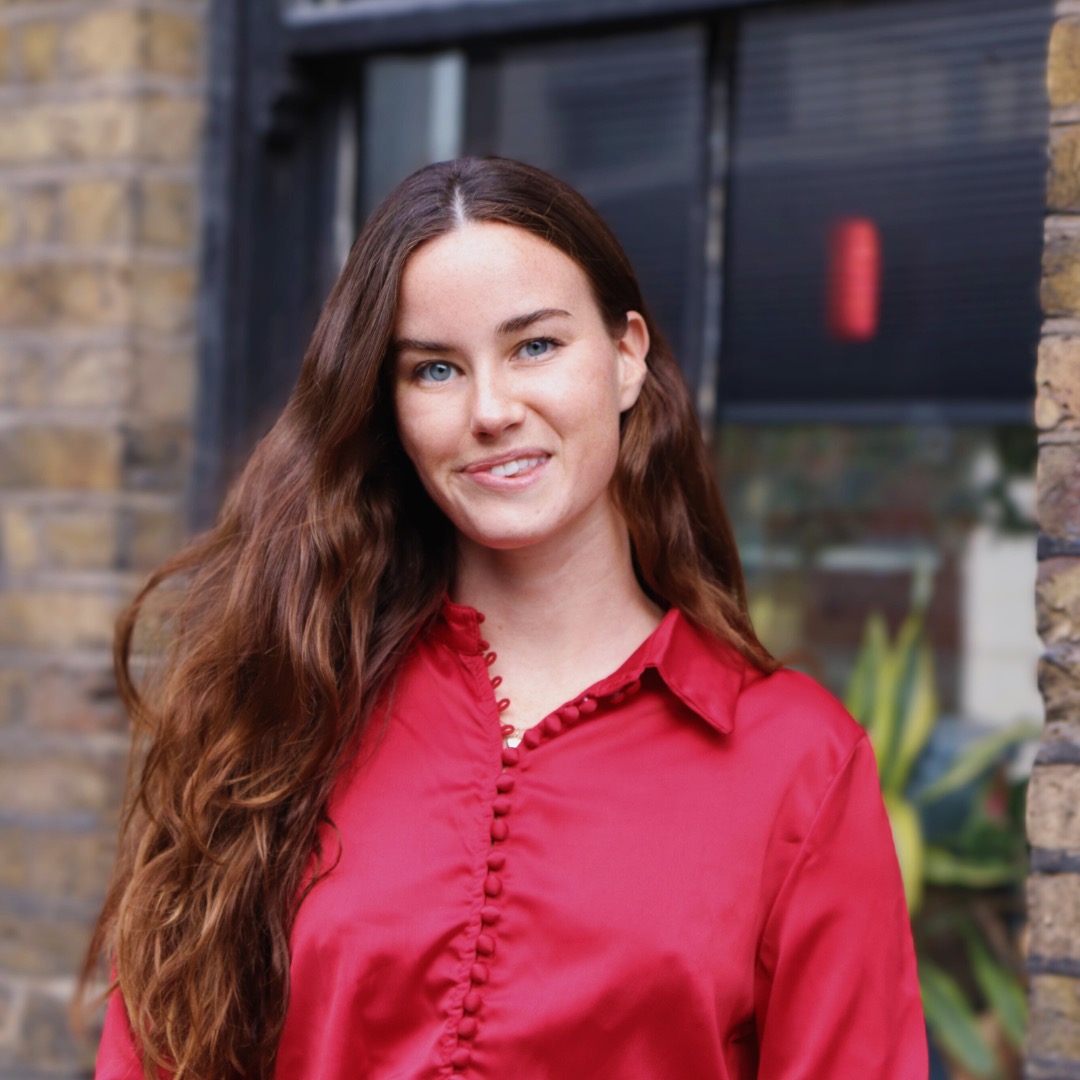We are with you – but are you with us?
By Dr Hannah Saunders and Phyllida Swift, FEI
In September 2024, a man with a facial disfigurement was asked to leave a London restaurant because of his appearance. This brave individual decided to publicise what happened – so his story hit the headlines. But sadly what happened to him is not unique. In one American study as far back as 1993, 19% of participants with the visible skin condition psoriasis reported being asked to leave a public place because of their appearance (Ginsburg and Link, 1993). And only twenty years earlier in the 1970s, some places in America still had in force ‘ugly laws’ which made it unlawful for ‘unsightly’ beggars – such as those with visible differences – to be seen in public.
In a 2017 survey conducted for the UK charity Changing Faces, over 81% of participants with a visible difference had received abuse or negative comments from a stranger about their appearance and 33% had been the victim of a hate crime. As well as the 16% who had had their condition mentioned during a job interview, there were reports of one interview being immediately cancelled because of the applicant’s appearance, a candidate being asked if their condition could ‘get into the water supply’ and someone being told to ‘wear thicker tights’ because ‘no-one wants to look at that’. But despite no shortage of painful statistics and accounts of likely discrimination, there is little public recognition of the rights or treatment of people with visible and facial differences.
We are an alliance of not-for-profits working to change that. We amplify the voices of individuals and organisations working with and for this community and we have just released our new position paper: Disfigurement and the UN Convention on the Rights of Persons with Disabilities. This is one of the key elements of our most recent campaign, Visibly Invisible, which featured in Forbes here. This is the culmination of years of hard work, months of debate and far too much caffeine. We want to let you know what it’s about and why it matters.
What is the position paper?
In the position paper, we assert that people with disfigurements are disabled people according to the UN Convention on the Rights of Persons with Disabilities (‘CRPD’). The CRPD is a treaty under which states and other signatories agree to promote and protect the human rights and dignity of disabled people.
This is sorely needed among the facial difference community. From people being abused or attacked on the street, to children being excluded from school, and even to people ostracized by their own communities and families, human rights abuses against people with facial differences across the world are all too common. Some FEI non-profit members provide vital health and social services including surgery, psychosocial support and financial aid. Abandonment of children with disfigurements often requires these non-profits to facilitate schools or orphanages. In some cases, charity workers have adopted children themselves. Health inequities around the world often make accessing healthcare for a disfigurement difficult too, despite the fact many facial differences can require medical intervention throughout a person’s life.
Of course, not everyone with a facial difference or disability shares these same experiences. But the point is that they shouldn’t be experienced by anyone. Recognition of people with facial differences under the CRPD is an important step to challenging these systemic, social, societal barriers.
Why are people with facial disfigurements disabled?
When the CRPD was drafted, it was designed to be inclusive. There is no single list of conditions; it embraces everyone with ‘long-term physical, mental, intellectual or sensory impairments which in interaction with various barriers may hinder their full and effective participation in society on an equal basis with others’ (Art 1). It also includes those who are treated ‘as if’ they have a disability – irrespective of functional limitation. People with disfigurements are therefore disabled people under the CRPD, as well as under the equality laws of some countries (such as the UK, the US and Australia).
However, this idea is still sometimes met with surprise – and occasionally reluctance. Usually, this is because people associate the words ‘disability’ and ‘impairment’ with a difference of function (such as movement, speech or hearing) rather than a difference of appearance. Disfigurements do sometimes impact function; a cleft lip and palate, for example, can make it harder to speak, eat and breathe as well affecting appearance. But some disfigurements impact what someone looks like without affecting how their body works. This could be the case for someone with many visible but benign skin tumours caused by neurofibromatosis type 1. We believe that, by recognising the disabling power of different social barriers – including attitudes about facial differences – we are stronger together, while still leaving room to acknowledge the many diverse experiences within the disability rights movement.
We are honoured to have the support of Professor Gerard Quinn, former UN Special Rapporteur under the CRPD, in launching the position paper. We will now be asking many of those working within the disability rights community – including organisations of people with disabilities, disability alliances, publications, academics and activists – to sign it to affirm their support. So, are you with us?
But I don’t self-identify as disabled…
We hear you. Self-identity is important, complicated and personal. We know that some people with facial differences (and other types of impairment) in the UK choose not to describe themselves as disabled in everyday life.
However, where rights under the CRPD are breached – perhaps by legal systems which ignore the needs of people with facial differences and other disabilities – the CRPD may sometimes enable us to make a complaint.1 And monitoring processes under the CRPD can also be a powerful tool to persuade governments to do better on inclusion.
So, even though some of us may not identify as disabled day-to-day, the CRPD can help us to better prevent community harms and give important weight to our collective fight for social justice.
What can I do to help?
We’re always thrilled to hear from people keen to get involved! If you work within the disability rights movement, please consider reaching out and signing our position paper. We will be updating our signatories on the website regularly. Please do share with your colleagues in other organisations, too, and post your affirmation on your networks. Perhaps consider turning your affirmation into a commitment for the Global Disability Summit 2025, too?
If you have lived experience of facial difference, please consider volunteering for some of the projects and research we advertise from time to time. We always need more participants for surveys and many community members come to our events from time to time. The best way to stay in touch is by joining our newsletter here. But keep an eye on our website and social media channels (@faceequalityint) too.
If you are an employer, check out our workplace training programme, which aims to equip your staff with the knowledge and practical skills to build an appearance-inclusive workplace for colleagues and customers alike.
The position paper is part of FEI’s Visibly Invisible campaign.
Tags: Blog, disability, Face Equality, facial difference Posted by


